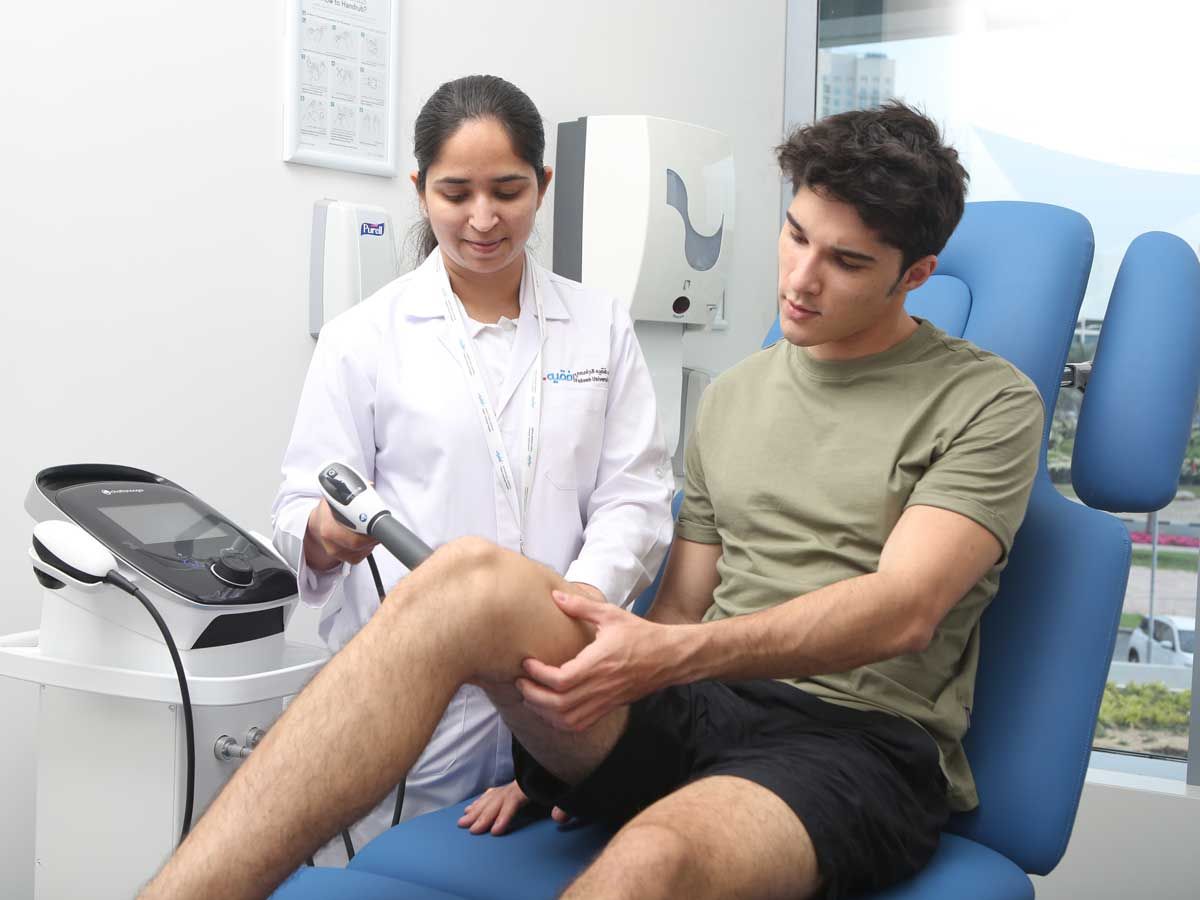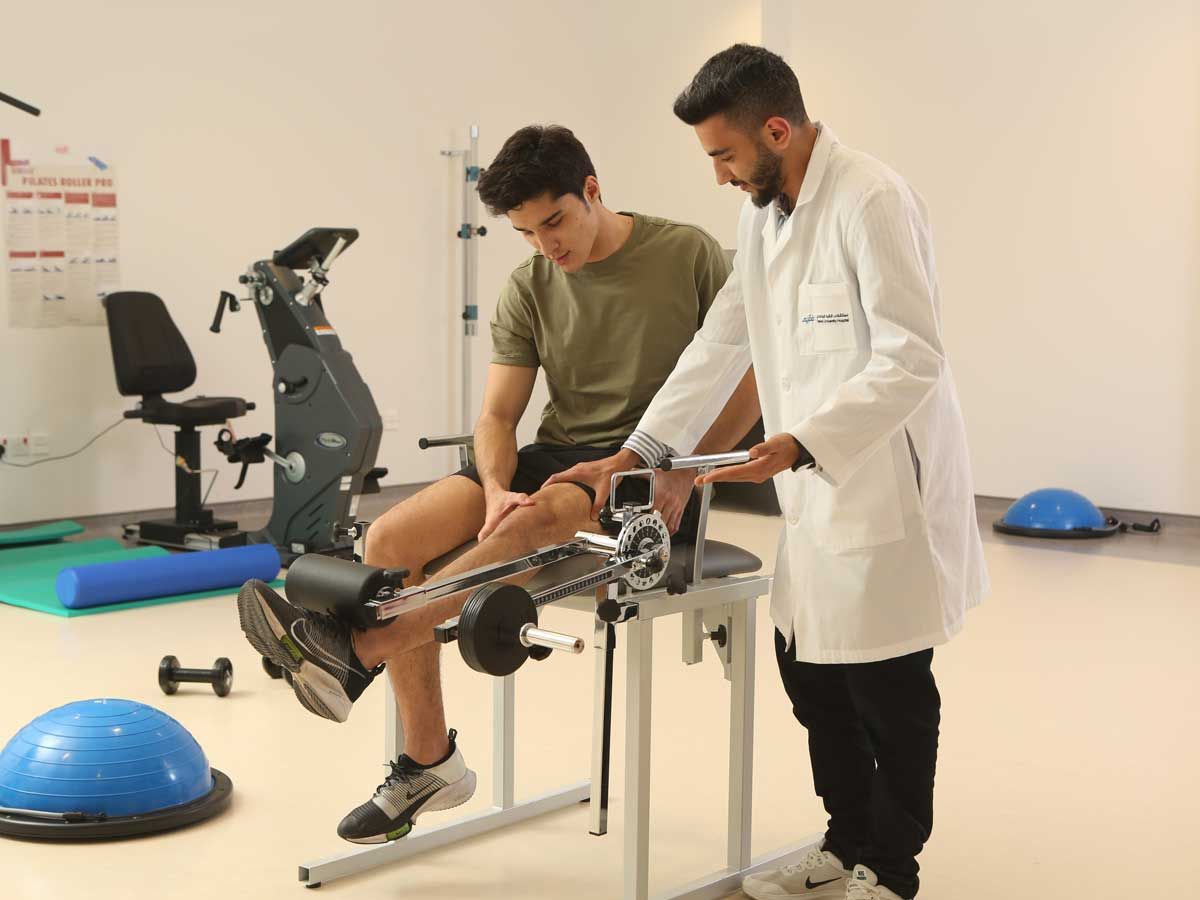Foot and ankle injuries are very common in active children who typically participate in a variety of sports and games.
Injuries in skeletally immature athletes can be divided into three main categories: overuse injuries, acute injury and injuries related to growth.
Common overuse injuries in children and young athletes include osteochondroses, apophysitis, and stress fractures, while acute injuries can involve the full spectrum of ligament, tendon, and muscle injuries and acute fractures. Epiphyseal injuries can result from overuse and acute traumatic events. Children sometimes also experience pain related to growth spurts, which essentially stems from bony coalitions or accessory ossification centers that may be developing abnormally.

Overuse Injuries
It is critical to understand that not all overuse injuries are caused by a single, sudden twist, fall, or collision. Overuse injuries occur slowly over time due to repetitive activities, causing stress on the body parts that do not get enough time to heal between activities.
Overuse injuries can affect the muscles, ligaments, tendons, bones, and growth plates. Sever's disease is one of most common causes of heel pain in children, and often occurs during adolescence when children hit a growth spurt. Also known as osteochondrosis, this is an inflammatory condition of the growth plate in the heel bone (calcaneus).

Parental pressure to excel in sports and win at all costs can increase children’s risk of injuries. They may ignore warning signs of injury and continue to play with pain while looking to meet the unrealistic expectations of parents and coaches.
Bone stress injuries are another common overuse injury in young athletes. Bones in children are in a constant state of turnover – this is remodeling process, where new bone develops and replaces the older bone. Repetitive athletic activities cause the rapid breakdown of older bones, and if the body cannot make new bone fast enough to replace it, the bone is weakened, leading to stress fractures. Metatarsal bone stress fracture is an example of this condition.
Acute Injuries
Acute injuries are usually caused by a sudden trauma. Collisions with obstacles on the field or between players can lead to trauma. Common acute injuries among young athletes include contusions (bruises), sprains (a partial or complete tear of a ligament), strains (a partial or complete tear of a muscle or tendon), and fractures (broken bones).
• Tillaux fractures and Triplane fractures
• Lisfranc injury
• Fifth metatarsal fractures
Strategies for preventing sports injuries
Follow these steps to avoid critical injuries and stay in the game:
• Athletes should be in proper physical condition to play a sport. A pre-participation sports physical examinations can be very useful in screening for potential problems.
• Athletes should know and abide by the rules of a sport
• Athletes should be aware of the correct use equipment
• Always warm up before your game to prevent injuries from happening in the first place
• Stay hydrated before, during and after the game to boost athletic performance and prevent injury
• Avoid playing when you are very tired or in pain

Proper Training
Athletes must follow a regular conditioning programme involving exercises designed for the demands of their chosen sport or activity. A well-structured and supervised weight-training regimen may also help youngsters improve sports performance.
4 ways parents and coaches can help prevent sports injuries
Many sports injuries in young athletes are caused by excessive, repetitive stress on immature muscle-bone units. Doctors are seeing an increase in overuse injuries as many young athletes are focusing on just one sport and are training year-round. Here are some tips to prevent overuse injuries in children.
• Young athletes can be particularly at risk for sport injuries when they undertake multiple activities or play on more than one team. So try to minimize the number of teams in which your child is playing in one season.
• Do not encourage your child to play one sport year-round. They should take regular breaks and play multiple sports for proper skill development and injury prevention.
• Coaches and parents are also responsible for creating an atmosphere that promotes teamwork and sportsmanship.
• Youth sports should always be fun. Parental pressure to excel in sports and win at all costs can increase children’s risk of injuries. They may ignore warning signs of injury and continue to play with pain while looking to meet the unrealistic expectations of parents and coaches.
If your child is suffering from a concussion, a torn muscle, or a ruptured tendon due a game, consult a doctor as soon as you can. The Bone & Joint Care Department at Fakeeh University Hospital (FUH) is well-equipped to take care of all sports-related injuries in children and adolescents. With trained surgeons, consultants, specialists, physiotherapists, cast technicians, and nurses, the department can provide multidisciplinary care for the treatment and management of a range of sports injuries.

The orthopedic team also provides advice and support in the outpatient department, through a team of bone and joint care experts. Additionally, a team of physiotherapists and occupational therapists aid the recovery process. With proper guidance, exercises and pain management protocols, the recovery is faster and the mobility is ensured.
FUH also boasts a sports medicine clinic, which is one of the most advanced centres in the region, catering to all kinds of bone-related injuries and disorders that are caused as an outcome of sports. To find out more on the FUH’s expertise in treatment of sports injuries or to book an appointment with a doctor, visit https://fuh.care/raising-the-bar-in-bone-joint-care/
The writer is a Specialist Orthopedic Surgeon (Foot & Ankle specialist) at Fakeeh University Hospital




